Brief History of Furniture Development (Part 2)
Recommended reading: A brief history of furniture development (Part 1)
C. Modern furniture after World War II (1945~)
A. Aarnio Oro
Born in Finland in 1932 , he graduated from the Helsinki School of Arts and Crafts in 1957 and opened a design studio in 1962. He is very knowledgeable about the application of plastics in furniture production and has designed some spherical seats made of glass fiber reinforced resin for ASCO. The unique shapes are as beautiful as modern sculptures when placed indoors.
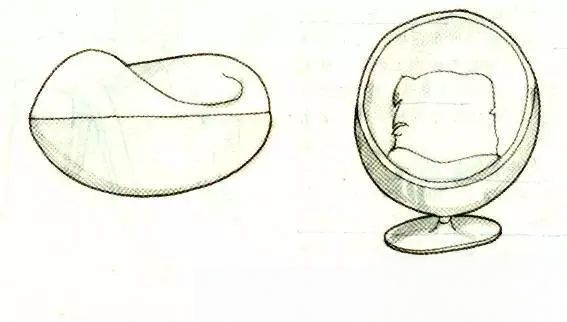
b. Bertoy Hurley
Born in Italy in 1915 , he studied sculpture and painting at an art school in his early years. He began to explore and design new furniture in 1943. In 1905, he moved to Pennsylvania, USA, and designed many distinctive wire chairs.
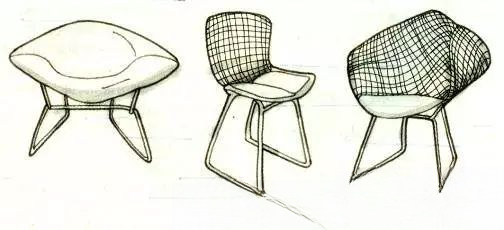
c. Boli Sini
Born in Italy in 1924. Graduated with a degree in architecture in 1950, became a female architect, and designed the "Bob" armchair in 1968.
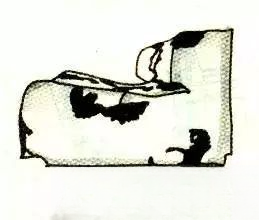
d. Columbus Joe Sesser
Born in Milan in 1930 , he studied architecture at the Polytechnic University of Milan after graduating from art school. In 1962, he devoted himself to industrial design and interior design. The furniture he designed often has a sense of movement and vitality.

e. De Bas, Dulbino, Laumaz and Scolari
Italian designers. They formed the Milan Youth Design Group in 1966 and successfully designed the "Inflatable Sofa" in 1967.

f. Eames Charles
Born in St. Louis, USA in 1907 and died in 1978, he designed a set of glass fiber reinforced resin thin shell chairs in 1950 and aluminum alloy chairs in 1958. He believed that a chair was not a simple thing, but a reasonable combination of various parts with their own unique functions. He used vulcanized rubber to connect these parts, which is an important feature of his chairs.
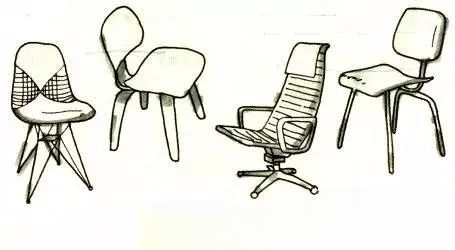

g. Jacobson Arne
Born in Copenhagen, Denmark in 1902 , he designed some laminated bentwood chairs in 1955, which became one of the most popular modern furniture.
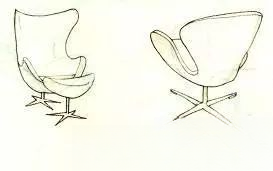
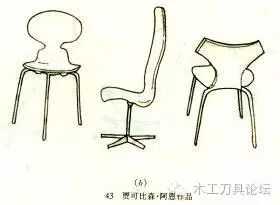
h. Morgo Olivia
Born in Paris in 1939 , he started designing furniture in 1964.
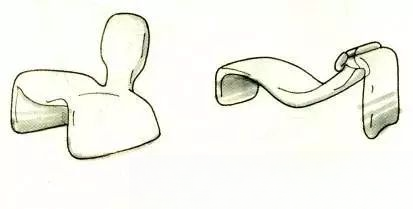
i. Panton Warner
He graduated in Denmark in 1926 and his designs covered a wide range of areas, including architecture, furniture, lighting, fabrics and so on.
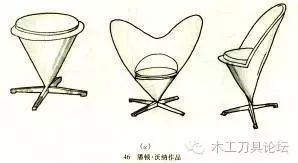
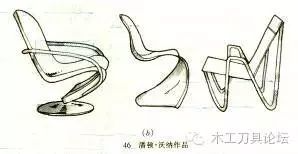
Second, Chinese furniture
1. Shang and Zhou Dynasties
Furniture emerged with people's work and rest habits. There are roughly four ways for humans to position their bodies, except for standing upright, which can be divided into: sitting, squatting, kneeling, and sitting high. Although squatting is more suitable for the human body structure and is the most natural way to rest, it is considered an uncivilized or impolite posture in both the East and the West. Although kneeling was invented by educated humans (monkeys and gorillas do not kneel), in ancient times, people rested on the ground without furniture. In order to prevent moisture and humidity, they used animal skins, leaves, etc. to lay mats, sitting during the day and lying at night. Later, mats were invented.
Mats can be said to be the most primitive furniture made by humans. From the Shang, Zhou, Qin to the Han Dynasty, mats were still the most important living utensil in people's lives, and even extended to the Wei, Jin, Southern and Northern Dynasties. The ancients sat on the ground. The ancient oracle bone script of "mat" was "【︽】", with a square shape representing the outer edge of the mat, and two or three "︿" inside were the woven texture of the mat.
The Zhou Dynasty valued etiquette. There were ritual vessels in bronze ware and etiquette in clothing. The use of "mats" must of course be in accordance with "etiquette", so there were special regulations on the shape of mats in the occasions when they were used. For example, when the emperor usually received his ministers and princes, he would set up three layers of mats, woven with peach and bamboo branches, with black and white patterns as borders. The bottom mat was decorated with colorful patterns, the middle mat was painted with cloud patterns, and the top was a peach and bamboo mat with black and white axe patterns as borders. The mats for hearing affairs in the morning and evening were bordered with colorful colors, while the mats for old ministers were bamboo mats with colorful borders, and the mats for relatives to sit in private were bamboo mats with black borders. All the mats for sacrifices were woven with coarser materials.
In addition to mats, there are bronze furniture from the Shang and Zhou dynasties, including zu (a small table for cutting meat, with holes on it to drain soup), jin (a table-shaped furniture for placing wine utensils), ji (tables, tea tables), jian (screens)
Judging from the hieroglyphs, there should have been furniture such as beds and desks at that time.
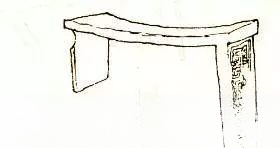
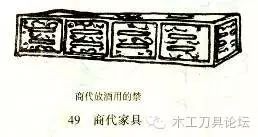
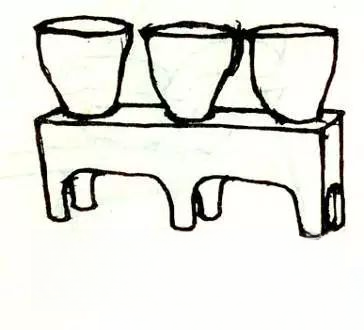
2. Spring and Autumn Period, Warring States Period, Qin Dynasty
After the Western Zhou Dynasty, from the Spring and Autumn Period to the Warring States Period until the Qin Dynasty conquered the six states and established the first centralized feudal empire in history, it was a period of great changes in ancient society. It was a period of transformation from slave society to feudal society. The liberation of slaves promoted the development of agriculture and handicrafts. The emergence and widespread use of iron tools (axes, saws, awls, chisels, etc. had been invented at that time) provided favorable conditions for the complex crafts of mortise and tenon joints and pattern carving.
At that time, there was a large-scale construction of palaces and high-rise buildings, which greatly improved the craftsmanship. In the Spring and Autumn Period, there was also a famous craftsman Lu Ban, who was said to have invented the drill, plane, saw, bevel and ink fountain. Although people still kept the habit of kneeling on the floor in their indoor life, the manufacture and types of furniture had developed greatly. The use of furniture was centered on the bed, and lacquered tables, desks, and backrests also appeared. For example, the lacquered table unearthed in Xinyang, Henan, is a large bed surrounded by railings, and there is also a wooden table carved on the wood surface. It reflects that the level of furniture making and lacquer technology at that time was quite advanced.
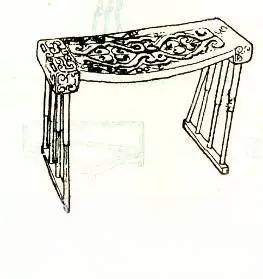
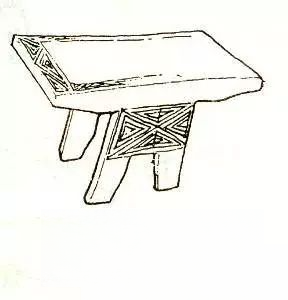
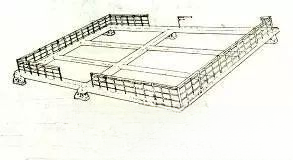
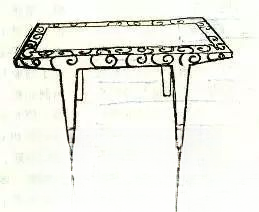
3. Western Han Dynasty and Three Kingdoms
The Western Han Dynasty established a feudal empire with a larger territory than the Qin Dynasty, and opened up trade routes to the Western Regions, promoting cultural exchanges with the countries in the Western Regions, and continuously developing the commercial economy, expanding urban construction, and furniture manufacturing has undergone great changes. For example, the tables and chairs were combined into one, and the panels gradually widened, with stacking, square or round styles. Some tables are very similar to the tables of later generations, but they are short and simple in structure. The use of beds is more extensive. In addition to daily life, they are also used to receive guests. The small "bed" can only accommodate one person and is called a "couch". The foldable Hu bed had been introduced to China at the end of the Eastern Han Dynasty, but it was only used by the court and nobles when they went out.
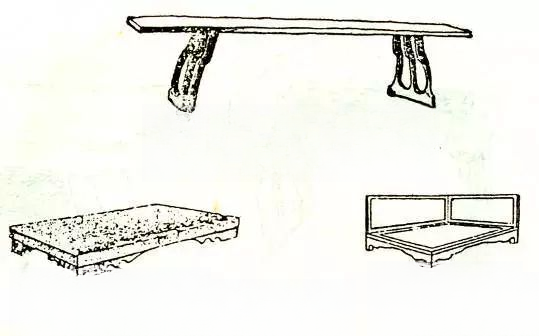
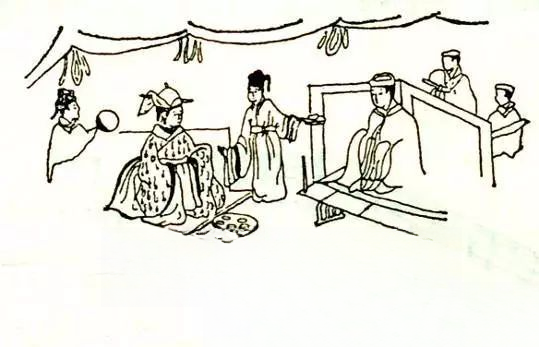
4. The Two Jin Dynasties and the Northern and Southern Dynasties
Furniture also underwent new changes during the Wei, Jin, Southern and Northern Dynasties due to wars and ethnic integration.
The spread of Buddhism and the influence of foreign cultures have impacted China's long-standing unique kneeling culture from other countries. The use of new furniture and the reaction to traditional etiquette have finally changed the previous indoor furniture combination and interior decoration form with a new way of living. The use of chairs is one of them. At this time, furniture has developed from short to tall, with increasing varieties, and more abundant and perfect shapes and structures. At the same time, the exchange of Hu and Han cultures has also enabled some foreign utensils to be widely used. The Hu bed (chair) introduced in the late Eastern Han Dynasty really became popular at this time. Because the Hu bed is easy to move and place, it is often used as a seat placed randomly in the courtyard. The Hu bed was popularized from the northern Hu and Han mixed areas to the south, becoming a convenient and practical furniture from south to north at that time.
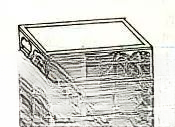
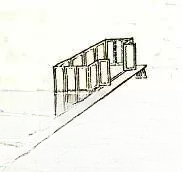
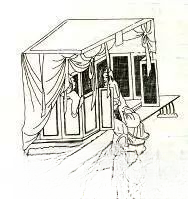
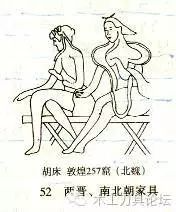
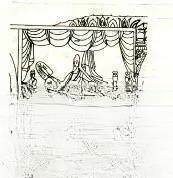
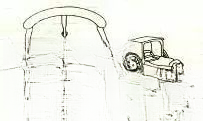
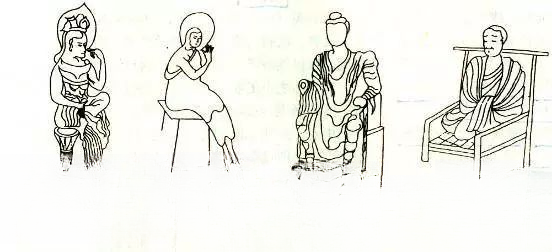
5. Sui, Tang, Five Dynasties
The Sui and Tang dynasties were the peak of the development of Chinese feudal society. Sui and Tang furniture, due to social trends and the development of handicrafts, also had a new look.
During the Sui and Tang dynasties, as tables and desks were moved from the bed to the floor, the habit of sitting with legs dangling gradually formed. The appearance of high tables and desks became one of the characteristics of furniture during this period.
The shape of furniture in the Tang Dynasty has reached a state of simplicity, plainness and generosity, and the craftsmanship has been greatly developed and improved. For example, some components of tables and chairs are made into round shapes, the lines tend to be soft and smooth, and the decoration methods are also diverse, including mother-of-pearl, gold and silver painting, wood painting and other techniques.

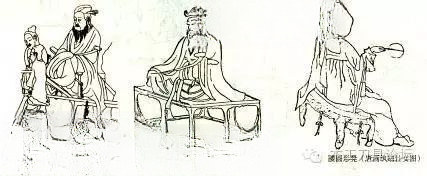
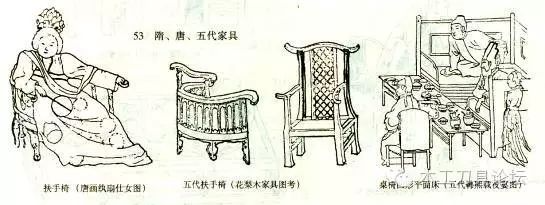
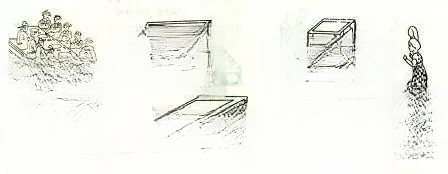
6. Song Dynasty and Yuan Dynasty
Song Dynasty furniture, guided by the literati's taste for simplicity and elegance, also reflects the spirit of the times. Song Dynasty furniture mostly adopts beam-column frame structure. The living style of the Song Dynasty has completely entered the era of sitting with feet dangling. In order to adapt to the living style of sitting with feet dangling, daily furniture such as tables and chairs have become very common among the people. At the same time, many new varieties have appeared, such as round and square high tables, piano tables, and small kang tables on the bed.
Before the Song Dynasty, the center of Chinese culture had always been in the north, where people knelt and sat on beds as their main way of living. Beds are suitable for the dry and cold north, but not for the humid south. Pillar-type furniture can reduce the area of furniture in contact with the ground. For wood, only dryness can make it durable. Therefore, pillar-type furniture gradually replaced cabinet-type furniture, especially box-shaped furniture. In the Southern Song Dynasty, small feet were added to the four corners to reduce the chance of moisture. In the Song Dynasty, tables and chairs were already widely used in civilian homes. To match their shapes, other furniture also increased in height, which affected the residence and increased the indoor height.
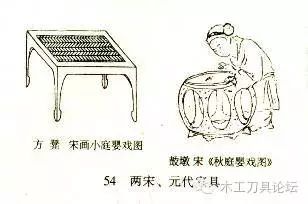
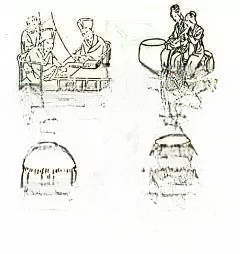
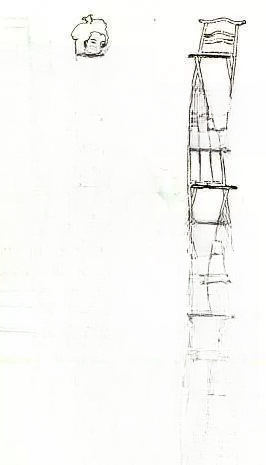
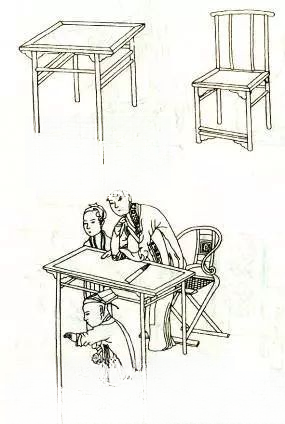
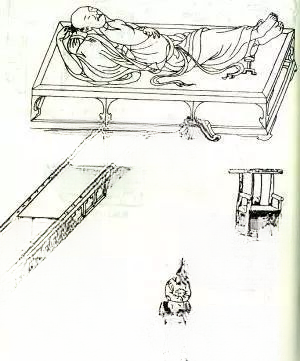
7. Ming Dynasty
After Zhu Yuanzhang established the Ming Dynasty, strict political means put scholars in a dilemma. They had to be loyal to the emperor and the country, but also had to save their lives and be cautious in their words. The inner imbalance prompted them to turn to aesthetics, which became the inevitable orientation for scholars to survive at that time. Therefore, the establishment of aesthetic style includes two factors. One is that the sad heart becomes feminine and the aesthetic taste becomes more delicate. The other is the disgust for the rough and gorgeous habits of the Yuan people, and strives to return to the elegant traditional style of the Song Dynasty. And in aesthetics and return, they try their best to avoid lyricism with political tendencies, and are more concerned with practical applications. These factors constitute the delicate, elegant and practical style of arts and crafts in the Ming Dynasty.
明代家具,以苏州最著名,之后又有清代的广州、扬州、宁波等南方城镇,都是当时主要的对外港口,因而形成家具制作史上的一个显著高峰,人们对这一时期的家具,习惯上称为“明式家具”。所以“明式家具”,并不限于明代制作,而是由明代入清的一系列具有一致性风格的家具物件。
The reason why Ming Dynasty furniture craftsmanship achieved a high level of success is that it has unique artistic characteristics:
1. Materials
It is made of high-quality hardwoods such as rosewood, mahogany, nanmu, red sandalwood, and wenge, so it is also called "hardwood furniture".
Among them, red sandalwood is the most important wood in production. It is imported from India and the Philippines. It is generally dark brown, dense and hard, and has a gentle surface like jade. After being polished, it becomes reddish gray, and after being soaked in oil, it becomes a beautiful dark purple. There is a way to process red sandalwood, which is to use an orange powder ground from horse grass, rub it so that the powder penetrates into the pores of the wood, and then apply a layer of paint. This treatment method creates a material called "golden red sandalwood", which is the most valuable wood.
Rosewood is the second most commonly used wood. It comes from Yunnan, Zhejiang, Hubei, India, and the Malay Archipelago. It was introduced to Guangdong during the Tang Dynasty. It has a harder texture and beautiful grain. Its color ranges from honey yellow to varying depths of orange. The surface color is gentle and smooth, and some textures are abstract like marble. It has been a material used for aristocratic furniture from the Tang to the Qing dynasties, and its fragrance is like a rose.
Chicken wing wood, although lighter in color, is a very popular type of basswood produced in India. It is named because its texture resembles chicken wings and is brilliant. The wood is not as hard as rosewood and tends to turn gray over time, so the surface of furniture is often protected with a layer of paint. This material has been commonly used since the Ming Dynasty.
Nanmu, which comes from western China, was once used exclusively by emperors. It has fine texture, fragrance, is easy to work with and durable. It is mostly used as temple beams, coffins, cabinets and other materials.
When making furniture, the wood texture and natural color are fully displayed, no paint is added, and the surface treatment is waxed or coated with transparent paint. This is a major feature of Ming Dynasty furniture.
2. Types
It is divided into six major categories: chairs and stools, tables, cabinets, beds, stands, and screens.
Chairs and stools are the most common and distinctive category of Ming Dynasty furniture. They are mainly based on traditional Chinese simple shapes and emphasize perfect and reasonable structure.
The unique artistic style of Ming-style furniture can be summarized in four words:
Jian: concise shape;
Thick: feels solid, weighty but not frivolous, dignified and generous;
Fine: exquisite workmanship;
Elegant: elegant in temperament;
3. Production
There are several aspects that reflect the beautiful characteristics, namely:
Design beauty: deep color, solid texture, noble taste;
Material beauty: using the color and texture of the wood itself to express;
Structural beauty: The mortise and tenon structure is used to connect the furniture, so that larger furniture can be disassembled and repaired without damaging the whole piece.
Beauty of craftsmanship: the application of lines, the treatment of surfaces, natural and smooth;
Decorative beauty: the decoration is few but concentrated and exquisite;
This simple, elegant and highly functional hardwood furniture has also had a profound impact on international furniture making, especially it inspired the production of British furniture in the 18th century. The most important furniture design collection in Britain in the 18th century included the style of Chinese "Ming style furniture". To this day, Western designers still admire the rationality and beauty of this kind of Chinese chairs.
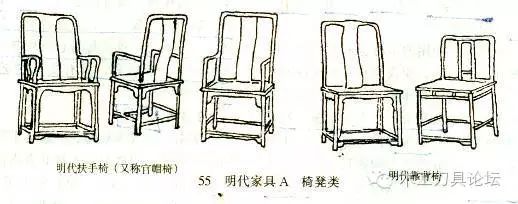
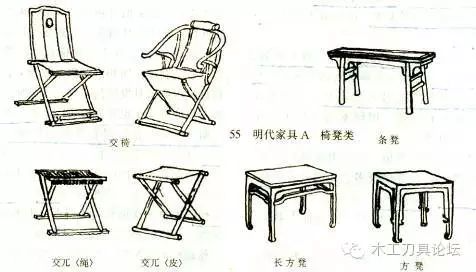


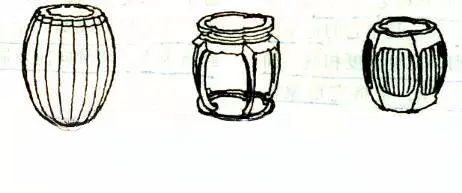
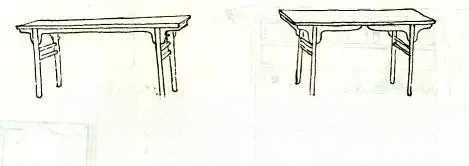
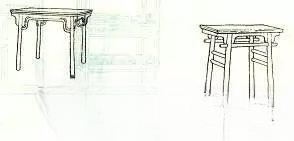
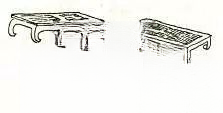
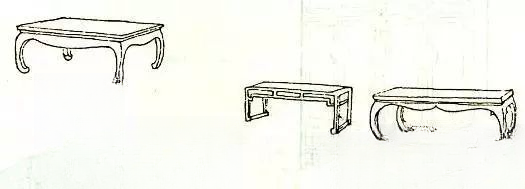
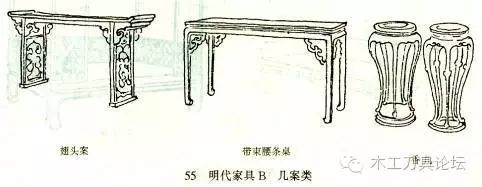
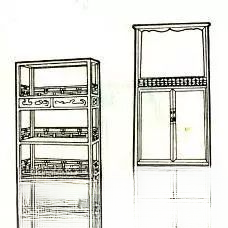
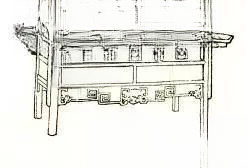
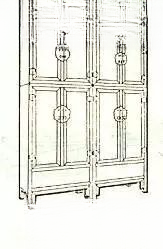
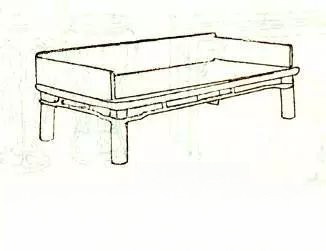
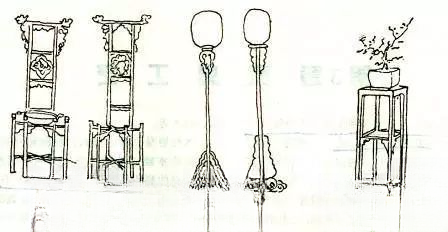
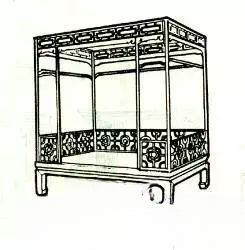
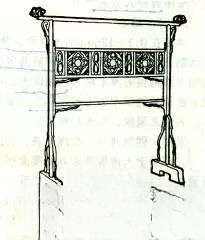
8. Qing Dynasty
After the establishment of the Qing Dynasty, various repressive policies were adopted against handicrafts and commerce, restricting the circulation of goods and prohibiting foreign trade. Despite this, furniture manufacturing still flourished in the Ming and Qing dynasties, reaching the peak of the development of classical furniture.
According to the place of production, it can be divided into: Su-made, Guangdong-made, and Beijing-made.
Suzhou style: Inheriting the characteristics of Ming style, but without too much decoration. Most of the makers are artists from Yangzhou.
Guangzuo: It pays attention to carving decoration and heavy carving work, and most of the makers are artists from Haifeng, Huizhou.
Beijing-made: mostly uses hollowing and wax work, and the makers are mostly artists from Jizhou.
The furniture after Qianlong in the Qing Dynasty deliberately pursued decoration but ignored and destroyed the overall image of the furniture, losing the harmonious unity of proportion and color.
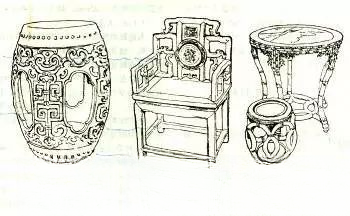
Undertake | Knife Advertising | Soft Article Promotion | Job Recruitment | WeChat Push
Business cooperation QQ : 157561175